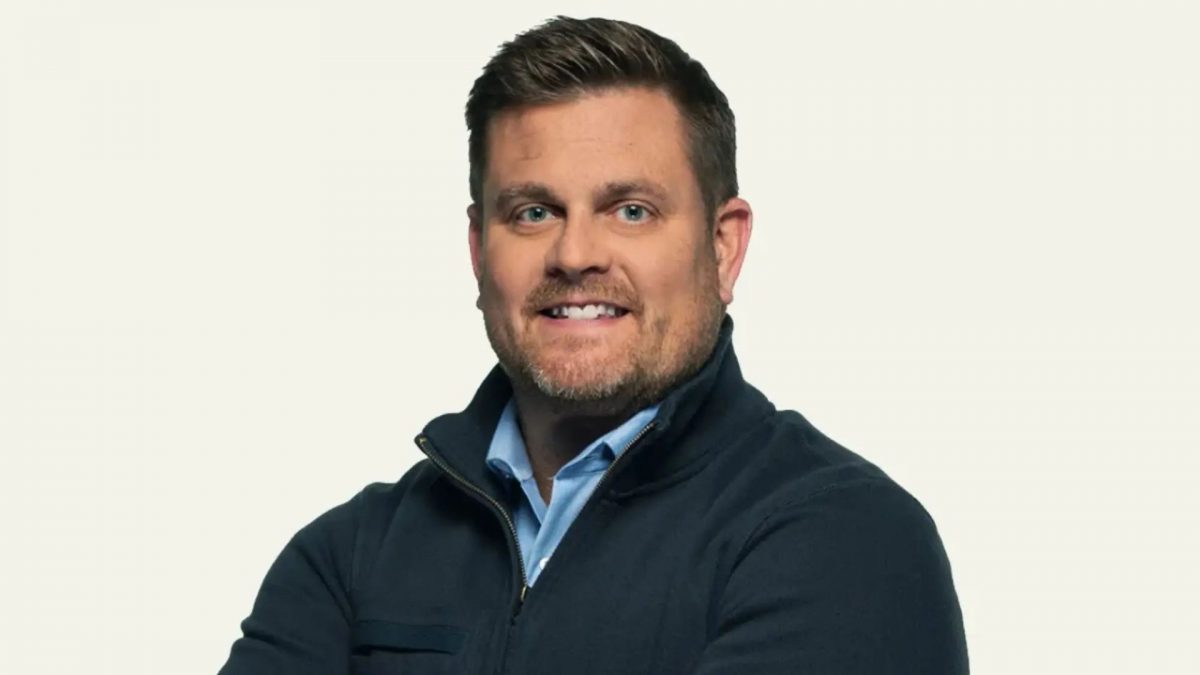The recent murder of Brian Thompson, the CEO of UnitedHealthcare, has shed light on the increasing risks and costs associated with protecting corporate leaders. Thompson, who was shot and killed early Wednesday in front of a hotel in New York City, had a security detail assigned to him, but it was not present at the time of his death.
This tragic event has drawn attention to the escalating threat against high-profile executives, especially those in industries that are frequently the subject of public scrutiny, such as healthcare.
The growing threat to corporate executives
While Thompson was not widely known as a public figure before his death, UnitedHealthcare is one of the nation’s largest health insurers, making Thompson a target for criticism.
A report by CNN cited sources close to the investigation as saying that there had been threats against UnitedHealth Group, the parent company of UnitedHealthcare, including some that targeted high-level executives.
The victim’s wife confirmed that Thompson had expressed concerns about such threats, though details remain scarce.
This recent killing underscores a broader trend of increasing threats to corporate executives, which have been driven in part by widespread public dissatisfaction with industries like healthcare and the decisions made by top executives. In some cases, critics have blamed companies for denying life-saving coverage, leading to an uptick in aggressive rhetoric and, unfortunately, violent acts.
The high cost of security for top CEOs
The cost of protecting executives has become a significant line item for major corporations. Top CEOs, especially in industries like tech, healthcare, and finance, often face substantial risks, both from external threats and internal discontent. As a result, companies are investing heavily in security measures, sometimes spending millions of dollars annually to ensure the safety of their leaders.
For instance, tech magnate Elon Musk’s security costs totalled $2.4 million in 2023, with another $500,000 spent in early 2024. Musk’s security needs are unique, given the multiple companies he leads and the threats he has openly discussed on his social media platform X, where he described two separate attempts on his life.
Impact Shorts
More ShortsOther companies report similar, if not higher, expenditures for top executive protection. Nvidia, the world’s leading AI chipmaker, spent $2.2 million on residential security and other protection services for CEO Jen-Hsun Huang.
Apple reported spending $820,000 on CEO Tim Cook’s security, and Alphabet, the parent company of Google, spent an astounding $6.8 million on the personal security of CEO Sundar Pichai.
The Zuckerberg standard: $14 million for security
One of the highest-profile examples of corporate security spending comes from Meta Platforms, the parent company of Facebook. Meta spends a whopping $9.4 million annually on personal security for CEO Mark Zuckerberg, who also receives a separate allowance of $14 million to cover security for his family.
This sizable budget ensures that Zuckerberg remains protected both at work and during his personal time, as Meta’s security operations extend beyond residential protection to include private air travel and specialised security personnel.
While Zuckerberg’s case may be exceptional, it highlights a growing trend in which companies, particularly in the tech sector, prioritise executive protection as part of their broader risk management strategy. CEOs of these companies are not only dealing with the inherent risks of leading large corporations but also facing criticism from the public, which can translate into tangible threats to their safety.
The challenge of securing high-profile executives
Despite the growing recognition of these risks, many executives resist increased security measures. A former senior security director at another major insurance company explained that convincing CEOs to accept constant protection can be a challenge, particularly when it limits their freedom to move independently.
Security measures can be seen as intrusive, and executives often downplay the need for such protection, even when their companies are aware of potential threats.
This dynamic was evident in the case of Thompson. While he had an in-house security detail, it was not with him during the fatal shooting, raising questions about the level of protection provided.
Law enforcement sources quoted by CNN discovered unusual markings on the bullet casings found at the crime scene, including the words “Delay” and “Depose.”
These markings suggest that the shooter may have had a motive related to the healthcare industry’s controversial practices, such as delays in coverage and denials of medical care.
The financial & strategic implications
The financial burden of securing top executives is significant but necessary for many companies. In addition to basic protection services, the cost often includes private jets, secure transportation, and home security systems.
Companies that face significant public backlash, such as UnitedHealth Group, may see increased security costs as part of their corporate responsibility to safeguard their leadership.
Even companies that report relatively modest security expenses, like Warner Bros. Discovery, which spent $705,000 on CEO David Zaslav’s security, recognise the need to balance the risk of harm to their leaders with the substantial costs of protection.
For instance, Zaslav’s security budget included a one-time $389,000 expense for installing specialised security systems at his residences.
At JPMorgan Chase, CEO Jamie Dimon’s personal security costs totaled $151,000 in 2023, with additional costs for travel-related protection. These figures pale in comparison to the lavish security budgets seen in the tech world, but they reflect a broader trend of recognising the growing risks faced by high-level corporate executives.


)

)
)
)
)
)
)
)
)



